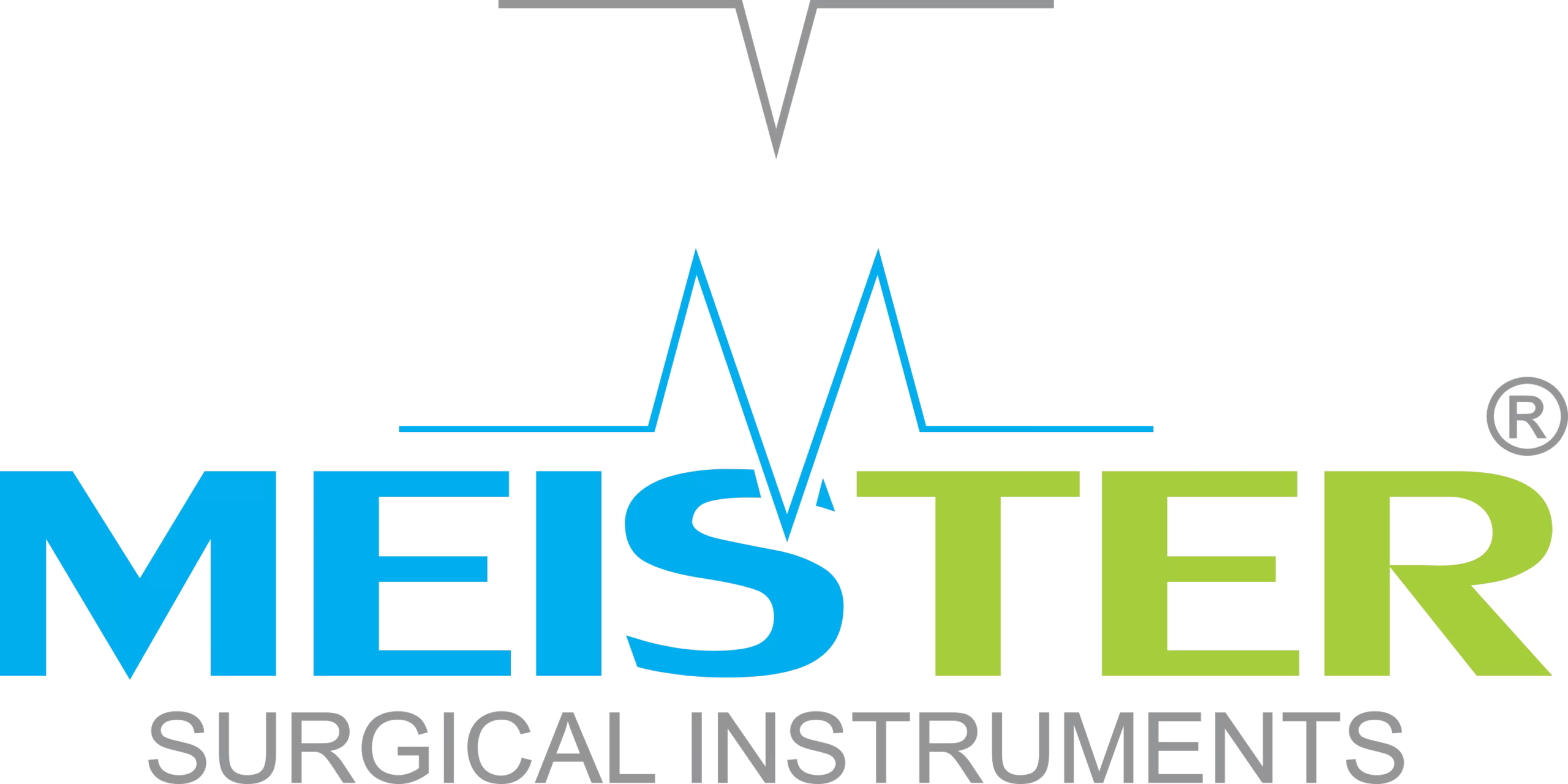In modern medicine, precision instruments are critical for diagnosis, treatment, and surgical procedures. One such essential instrument is the curette. Many healthcare professionals and medical students often ask, “What is curette?” Understanding its definition, uses, and applications is vital, as curettes are used across a wide range of medical specialties.
In this blog, we’ll explore what a curette is, the different types available, their uses in various fields, and why they remain indispensable in healthcare.
What is Curette?
A curette is a small, hand-held surgical instrument designed with a scoop, loop, or spoon-shaped end. It is primarily used for scraping, debriding, or removing tissue, debris, or growths from different parts of the body. Curettes are especially useful in procedures requiring gentle but effective tissue removal without causing unnecessary damage.
The design of a curette varies depending on its medical use. Some curettes are sharp for cutting tissue, while others are blunt for scraping delicate areas.
Types of Curettes
Curettes are categorized based on their shape, size, and intended application. Some of the most common types include:
- Gynecological Curettes
- Used in procedures like dilation and curettage (D&C) to remove tissue from the uterine lining.
- Dermatological Curettes
- Employed to remove skin lesions, warts, or tumors with minimal damage to surrounding tissue.
- Periodontal (Dental) Curettes
- Designed for removing plaque, tartar, and calculus from teeth and gum pockets in dental treatments.
- Ear Curettes
- Utilized to safely remove earwax or foreign bodies from the ear canal.
- Bone Curettes
- Heavy-duty instruments used in orthopedic and neurosurgical procedures to scrape or debride bone tissue.
Common Uses of Curettes
The curette is versatile and widely used across multiple medical fields. Common applications include:
- Gynecology: Removing uterine tissue during diagnostic or therapeutic procedures.
- Dermatology: Scraping skin lesions for biopsy or treatment.
- Dentistry: Cleaning root surfaces and gum pockets to manage periodontal disease.
- ENT (Ear, Nose, Throat): Safe removal of earwax and tissue growths.
- Orthopedics/Neurosurgery: Removing bone fragments or tumor tissues.
Advantages of Using Curettes
- Precision: Curettes allow for controlled removal of tissue.
- Versatility: Available in various designs for specific medical fields.
- Minimally Invasive: Provides gentle tissue removal with reduced trauma.
- Reusable and Durable: Stainless steel curettes can be sterilized and reused, ensuring cost-effectiveness.
Curettes in Modern Medicine
Even with advancements in surgical technology, curettes remain vital due to their simplicity, precision, and adaptability. Whether in gynecology, dentistry, dermatology, or ENT, curettes are trusted tools for both minor and major procedures.
Why Choose Meister Surgical Curettes?
At Meister Surgical, we manufacture premium-quality stainless steel surgical instruments, including a wide range of curettes. Our instruments are designed for precision, safety, and durability to support healthcare professionals in delivering the best outcomes.
📩 For product inquiries or bulk orders, contact us at info@meistersurgical.com.
Conclusion
So, what is curette? It is a versatile surgical instrument used for scraping, debriding, or removing tissue in various medical specialties. From gynecology to dentistry and dermatology, curettes play a critical role in daily medical practice. Their precision, effectiveness, and durability make them a cornerstone of modern surgical and diagnostic procedures.
For reliable, high-quality curettes and other surgical instruments, trust Meister Surgical to deliver excellence.

